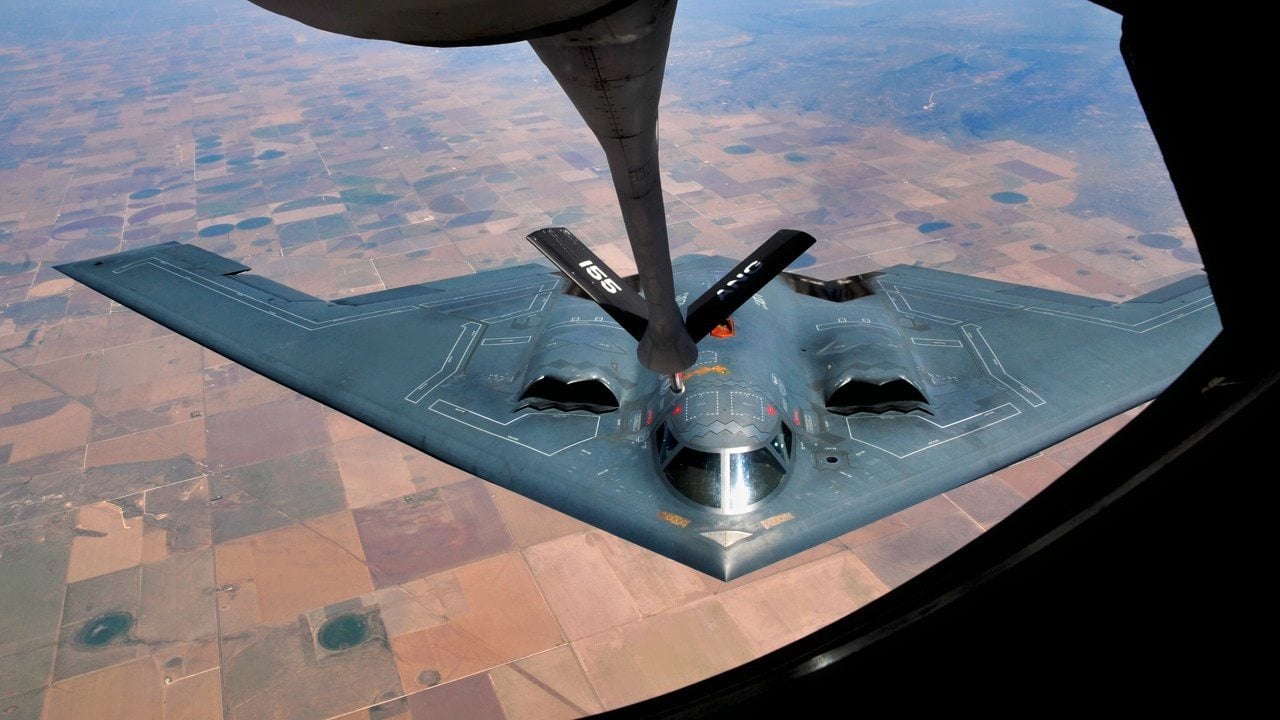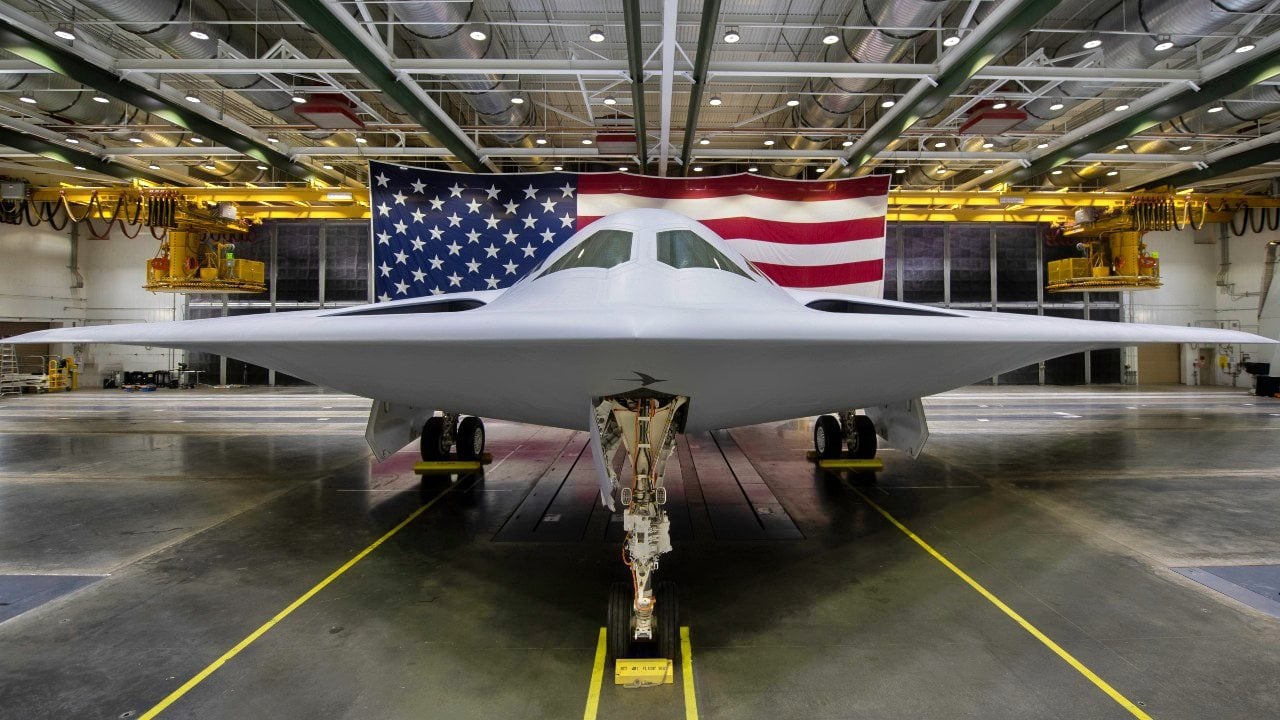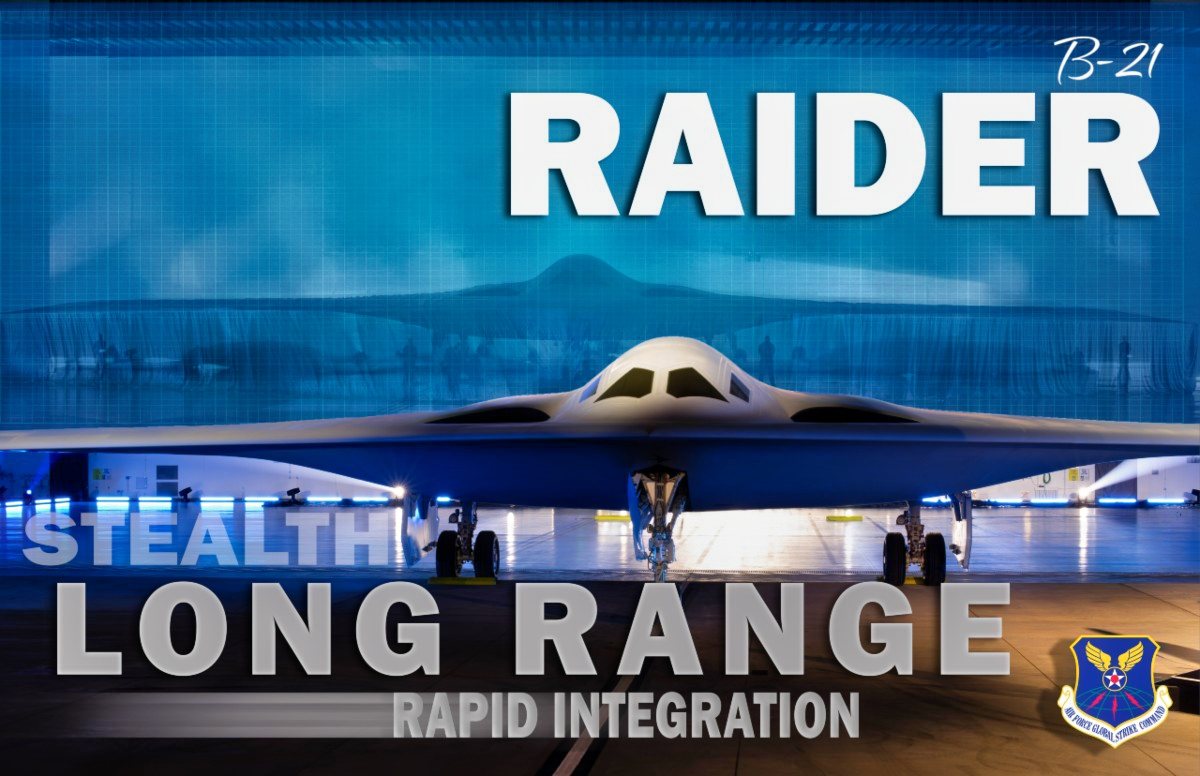The U.S. Air Force's Biggest Mistake: Only 20 B-2 Stealth Bombers in the Force

Advances in stealth technology culminated in the F-117 Nighthawk, setting the stage for the B-2 Spirit's development. Despite its groundbreaking stealth capabilities, the end of the Cold War and cost overruns led to a reduced fleet of just 20 aircraft.

Since 1947, the U.S. Air Force has prioritized long-range strategic bombers for nuclear deterrence. By the 1960s, the vulnerability of B-52 bombers to Soviet defenses led to the development of low-altitude penetrating bombers like the FB-111 and B-1. Advances in stealth technology culminated in the F-117 Nighthawk, setting the stage for the B-2 Spirit's development. Despite its groundbreaking stealth capabilities, the end of the Cold War and cost overruns led to a reduced fleet of just 21 aircraft. Continuously updated, the B-2 has seen action from Yugoslavia to Iraq, demonstrating precision strike capabilities. The forthcoming B-21 Raider is set to replace the B-2, promising enhanced stealth and efficiency, with retirement planned around 2036.
The B-2 Spirit's Role in Redefining Aerial Warfare and Precision Bombing
Since its inception in 1947, the U.S. Air Force has been deeply invested in operating long-range strategic bomber for nuclear deterrence. However, by the 1960s it grew clear that high-flying B-52 bombers had poor odds of surviving the Soviet Union’s growing network of high-speed interceptors and surface-to-air missiles. The Air Force instead invested in supersonic FB-111 and B-1 bombers designed to penetrate hostile airspace at low altitude, where radar detection was more difficult. But Pentagon strategists knew the Soviets were developing doppler radars and airborne radars to cover that blindspot.
By then, U.S. aviation engineers were aware that radar-absorbent materials and non-reflective surfaces could reduce a plane’s radar detection range drastically, features implemented to modest results in Lockheed’s SR-71 Blackbird spy plane. Lockheed’s Have Blue prototypes led to the first operational stealth aircraft, the F-117 Nighthawk strike plane.
The Pentagon wanted its next stealth plane, the Advanced Technology Bomber, to address the strategic nuclear strike role. By then Northrop had tested at Area 51 in Nevada a bizarre-looking stealth demonstrator called ‘Tacit Blue’ (also known as the “Whale” or “alien school bus”). Earlier in the late 1940s, the firm had developed a gigantic 52-meter wingspan flying-wing jet bomber called the YB-49. When Lockheed and Northrop went head-to-head in the ATB competition in 1981, Northrop’s larger, tailless fly-wing concept won out.
The “grey” project’s existence was announced to the public, but further details remained highly classified, with the Pentagon procuring parts from mystified subcontractors using dummy companies. Nonetheless, two B-2 engineers were arrested for industrial espionage in 1984 and 2005. Over the next eight years, the bomber was expensively redesigned for low-altitude penetration, leading development costs to overrun to $42 billion, generating political controversy.
The Spirit was finally unveiled in 1988 and made its first flight the following year. But even before it began production in 1993, the Cold War abruptly ended with the dissolution of the Soviet Union, largely taking the rationale for a nuclear-armed super bomber with it.
The Air Force still wanted B-2s, but the expensive program was on the chopping block with other premium weapons like the Sea Wolf-class submarine. The Pentagon hastily placed new emphasis on developing the B-2’s non-nuclear capabilities—after all, a stealth bomber could theoretically reduce the number of escort aircraft required in the opening days of a conflict. (In practice, Spirits have often been accompanied by EA-6B Prowler aircraft to provide jamming and anti-radar support—just in case.)
The Spirit procurement was first reduced to seventy-five, then cut to twenty by the Bush administration in 1992. An additional B-2 prototype was converted to operational status under Clinton, for a total of twenty-one. This caused the B-2’s half-billion dollar unit price to surge to $737 million—or $929 million counting spare parts, upgrades and technical support. With development factored in, the Spirits come out to $2.1 billion—by far the most expensive airplane ever built.

All but one test aircraft serves today with the 509th Bomb Wing based in Whiteman Air Force Base, Missouri, a unit descend from the group which dropped two nuclear bombs on Japan. The Spirits are flown by an elite corps of around eighty pilots who often fly globe-spanning missions directly from Whiteman, though B-2s have also been forward based at Diego Garcia in the Indian Ocean, Guam and England.
Each Spirit is named after a U.S. state, starting with the Spirit of Missouri. The exception is Spirit of Kitty Hawk, said to be possessed because it once mysteriously started its engines in the hangar while unmanned. In 2008, Spirit of Kansas crashed shortly after takeoff in Guam due to an air-moisture sensor miscalibrated by a storm led to a malfunction of the fly-by-wire system. Thankfully, the crew successfully ejected from the most monetarily expensive airplane crash in history.
Like today’s F-35, early production B-2s were not really delivered ‘feature complete,’ lacking full payload, weapons, navigation and defensive systems. Over time, Northrop Grumman phased in two improved models, introducing a Terrain Following System, GPS navigation, satellite communications via laptop (instead of very terse high-frequency radio messages) and most importantly, integration of smart bombs and cruise missiles. Today, the Air Force continues to invest billions updating the B-2’s radar-absorbent materials, fiber-optic wiring, computer processors and datalinks.
The B-2 received “Initial Operating Capability” in 1997 and saw their combat employment in March 24, 1999 by kicking off the NATO bombing campaign pressuring Yugoslavia to halt the ethnic cleansing of Kosovar Albanians. B-2s based in Missouri flew fifty 30-hour sorties across the Atlantic, successfully penetrating the Yugoslav air defense network to drop roughly a third of the ordinance released in the first two months of the campaign.
The B-2 was the first plane to use of the GPS-guided JDAM bombs marking a turning point in aerial warfare towards the widespread use of cheaper precision-guided weapons. However, the war also illustrated that greater precision didn’t help if intel failed to distinguish targets correctly. A Spirit dropped five JDAMS on the Chinese embassy, wrongly identified as a weapons depot by the CIA, killing three and causing serious diplomatic fallout.
Two years later, the Spirits were back in action, flying six 70-hour missions involving layovers in Diego Garcia (where a replacement crew was mustered) to blast Taliban targets in Afghanistan—the longest combat sorties in history. Two years later, the B-2 was finally declared ‘fully operationally capable,’ with just six Spirits striking ninety-two targets in the opening days of the U.S. invasion of Iraq
B-2s kicked off another U.S. war in 2011, the intervention against Libyan dictator Muammar el-Qaddafi, destroying most of the Libyan Air Force on the ground at Ghardabiya Air Base using JDAMs. The Spirit’s most prominent recent mission was a strike killing eight-five ISIS militants camped out in the Libyan desert on January 19, 2017—detailed in this excellent article by William Langwiesche, who points out that the billion-dollar-bombers were dispatched to wipe out bedraggled insurgents lacking anti-aircraft weapons.
The Air Force’s twenty Spirits remain an intimidating “silver bullet” first strike weapon that can drop heavy conventional or nuclear payloads onto even well-defended command bunkers, air defense radars or strategic weapon sites with little advance warning.
But the B-2’s weren’t just expensive to build—they cost a fortune to operate, with every flight hour costing a staggering $163,000 dollars per flight hour and sixty man-hours of maintenance. (It used to be closer to 120!) Simply maintaining each B-2 costs $41 million per year, and that with mission-capable rates hovering around 50 percent or lower.
Furthermore, each Spirit requires a special extra-wide $5-million air-conditioned hangar to maintain its radar absorbent coating. And every seven years, the Spirits receive a $60 million overhaul, in which the RAM is carefully blasted off the skin with crystallized wheat starch and the surfaces meticulously inspected for tiny dents and scratches.
Many defense writers have lamented the small number of B-2s procured. However, the B-2 cut was a ‘bet’ on a lack of great-power confrontation the Pentagon is probably thankful for today, sparing the Air Force from spending the last twenty-five years paying for dozens of additional stealth bombers specialized in high-intensity warfare while the United States was engaged in Afghanistan and Iraq.
Of course, China and Russia have recently emerged as formidable potential near-pear adversaries, giving the B-2’s long-range strategic strike mission greater relevance. However, the Pentagon is procuring a stealthier, and (ostensibly) more cost-efficient B-21 Raider to meet that contingency. After all, the B-2’s stealth capabilities are no longer cutting-edge, with newer F-22 and F-35 stealth fighters boasting between one-tenth and one-hundredth the B-2’s .1 to .05 meter squared radar cross-section.

The B-21 very much resembles a Spirit 2.0, and will incorporate more cost-efficient radar-absorbent materials baked into the skin of the airframe and networked computers for sensor fusion with friendly forces, allowing it to double as surveillance platform.

As the B-2’s capabilities would be fully subsumed by the B-21’s, the Air Force plans to retire the Spirit around the year 2036 as the Raiders phase in. Of course, the B-2 story suggests that the biggest question may be whether the B-21 can stay on budget, and just how many Washington will be willing to pay for when the bill comes due.
- Questions and Answers
- Opinion
- Story/Motivational/Inspiring
- Technology
- Art
- Causes
- Crafts
- Dance
- Drinks
- Film/Movie
- Fitness
- Food
- Jocuri
- Gardening
- Health
- Home
- Literature
- Music
- Networking
- Alte
- Party
- Religion
- Shopping
- Sports
- Theater
- Wellness
- News
- Culture
- War machines and policy

